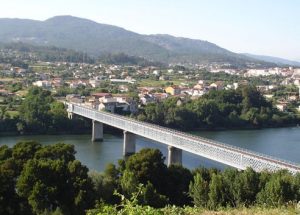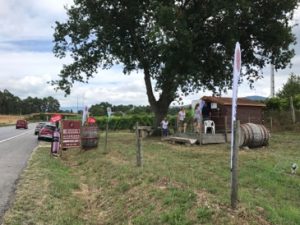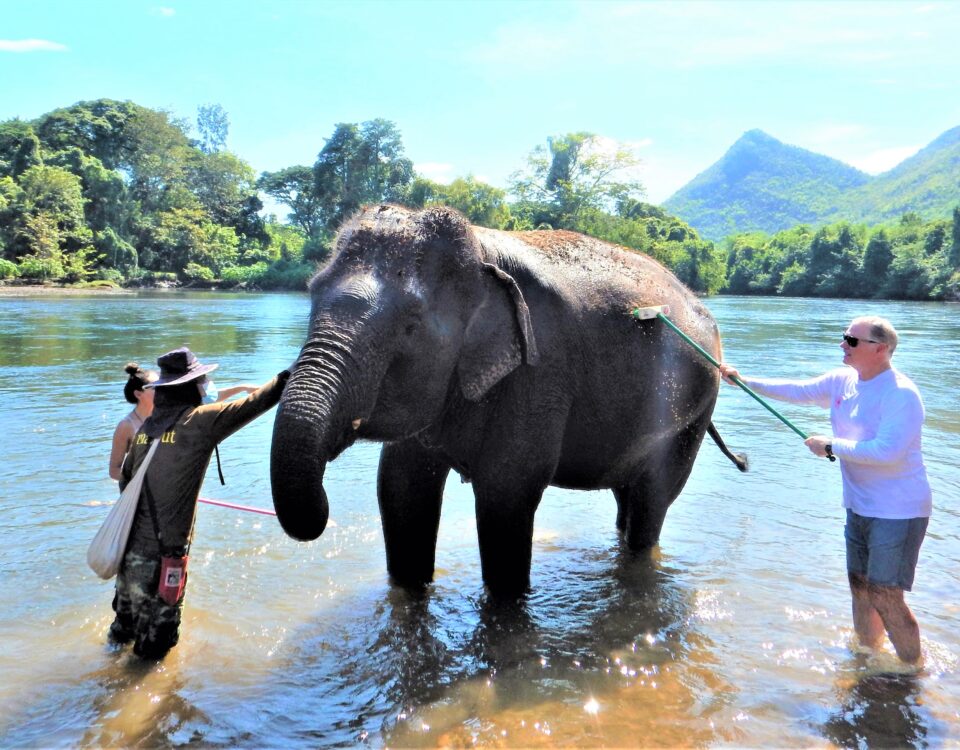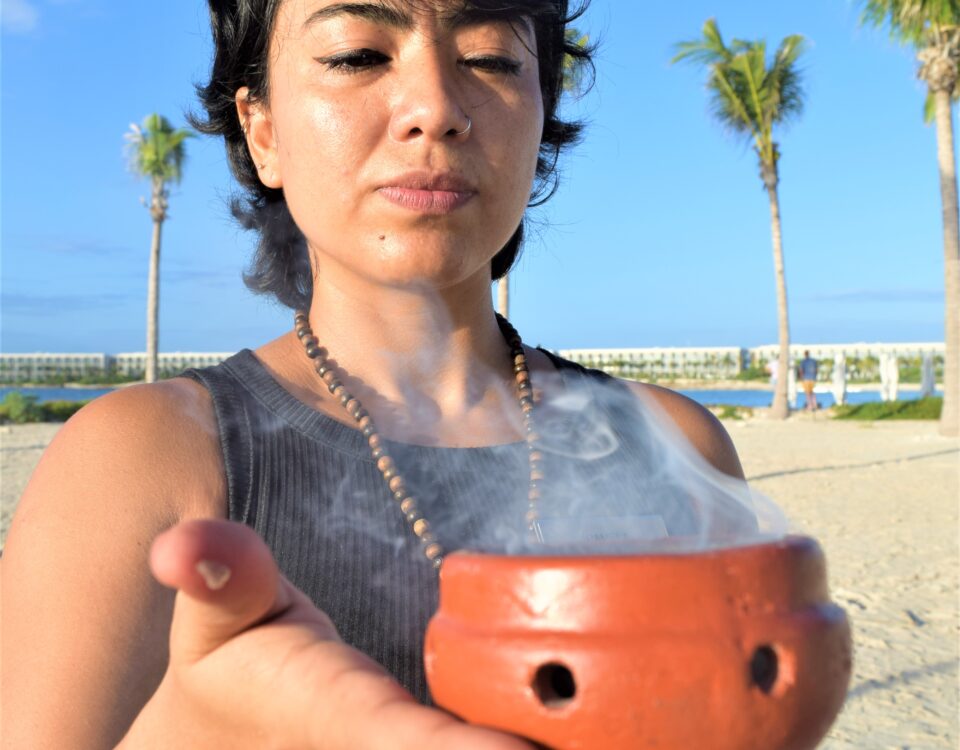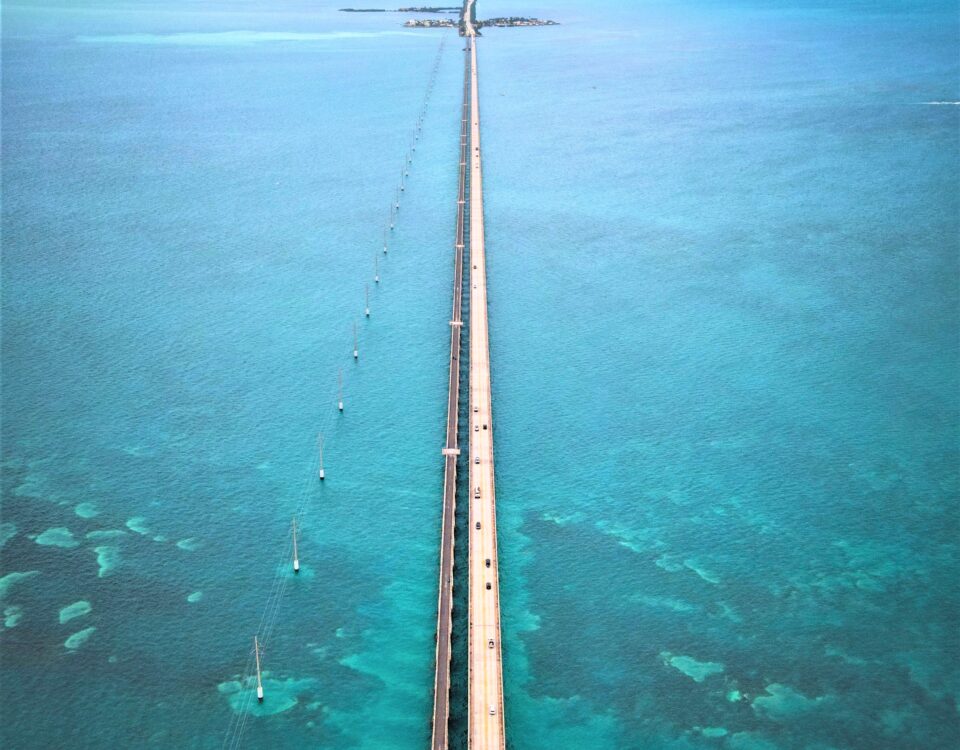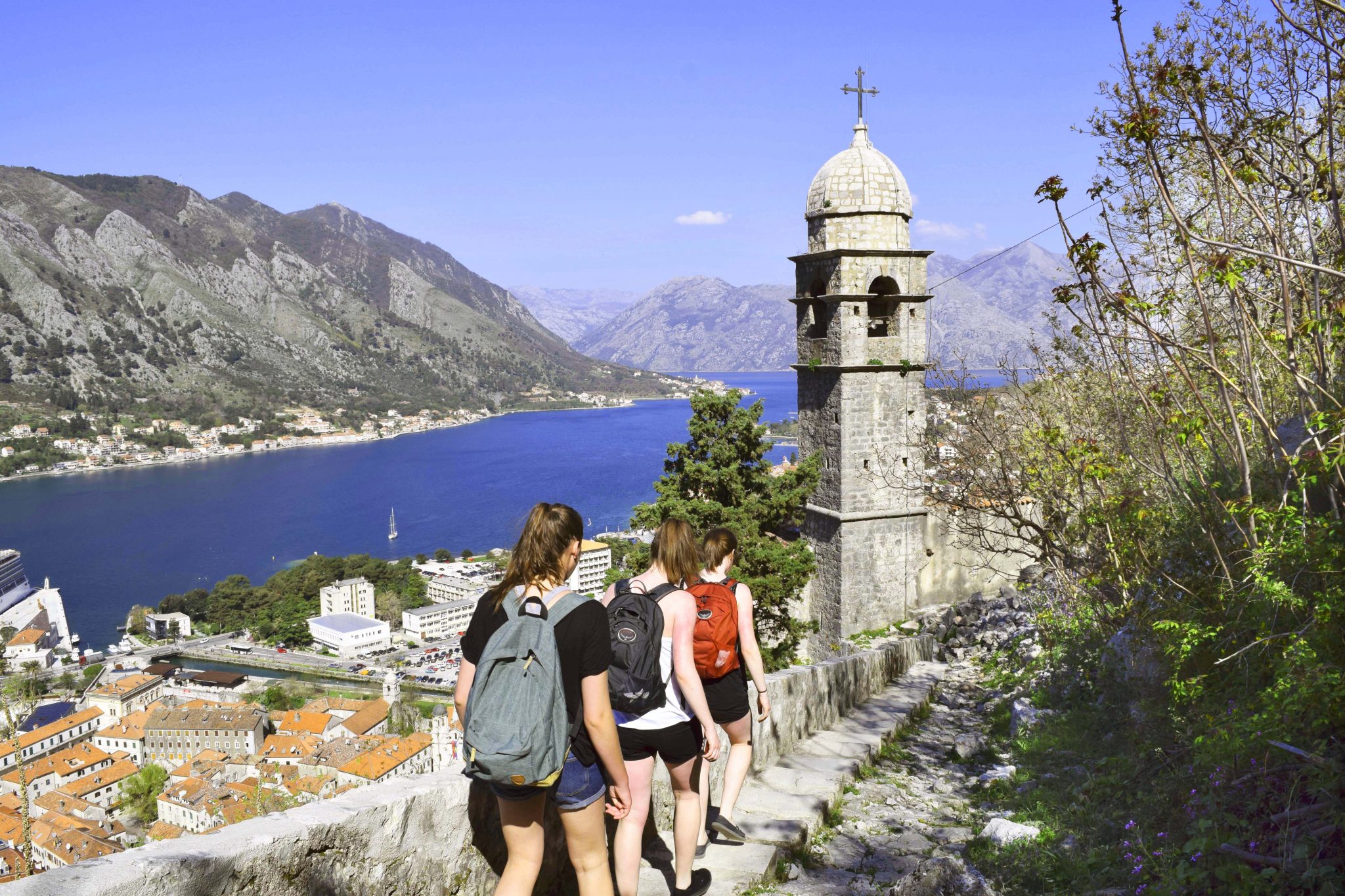
Miracle in Montenegro
August 19, 2017
Let’s go Forest Bathing
August 21, 2017My favourite books are written by travel/food writers. When we were planning a trip to Italy, I read Frances Mayes.
France, Peter Mayle. So when we decided to recently visit Spain for the first time, I discovered Matt Goulding and his book Grape, Olive, Pig., sub-titled “Deep Travels Through Spain’s Food Culture.” Perfect.
It is a succulent read in every aspect of delicious, and I read it like a novel from start to finish. Then I went back and re-read the chapter written specifically about where we rented a villa: the region of Galicia, in the province of Pontevedra, Northern Spain. The specialty food here: gooseneck barnacles; the Spanish call them percebe. So began our usual travel routine of planning every days itinerary around where and what we wanted to eat for the day.
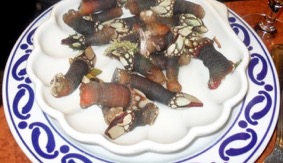
Galicia is in the northwest corner of the Iberian Peninsula of Europe, with an Atlantic coastline, and its southern boundary running along the top of northern Portugal. The mighty Rio Miñho is the literal border between the two countries. Our beautiful temporary home in tiny Caldelas being only a 15 minute drive to Tui on the right bank of the river and the bridge crossing into the nearest northern Portuguese town of Valença, we found ourselves back and forth nearly every day.
Our days’ exploring depended on what adventure we chose upon waking: beach, wine, local food, heritage village … the holiday choices one must make!
We began our journey to Spain with a quick trip to beautiful Lisbon, Portugal. After settling in at our lovely apartment, it was time for – of course it was – a meal.
Our first authentic Portuguese meal. Spain and Portugal are both renowned for the wonderful seafood in their respective cuisines, and that’s what we had. We started with a fresh, tender, and delicious octopus salad. Then choosing a squid dish never tasted before, the cuttlefish and its ink was definitely a new dining and taste experience! Our host expertly sliced the calamari-like-tube down the middle, exposing the pasty-looking ink and efficiently mixing it in with the wine and juices collected on the plate, creating the sauce. The tender squid and its inks’ briny, sea-floor, almost earthy flavour is not one I’ll forget!
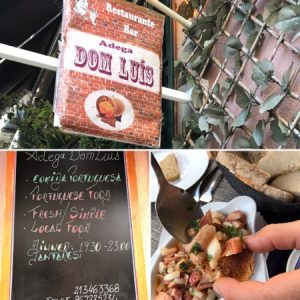
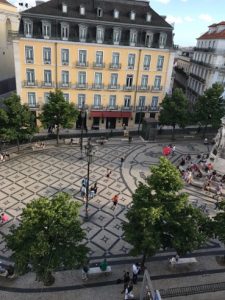
After supper, we wandered the gorgeous tiled sidewalks back to our square and happened upon what turned out to be a bakery renowned for the best pastéis de nata in town! These lovely egg-custard pastries are famous in this country, and we were treated here to the custom of serving them with another Portuguese epicurean pleasure, the lovely liqueur Ginja. A wonderful first evening and first impression of friendly Portugal.
Moving on after Lisbon for our very #quicktripto to Porto by train, we spent one night then rented our vehicle and made the 75 minute drive into Tui, Spain, as well as a later time zone! Although it seems that this northwestern tip of Spain would fall into the same longitudinal time zone as Portugal, Spain actually uses Central European Time, while Portugal follows Western European Time. Just another few minutes and we arrived to our villa, and the realization that we were so close to Portugal, we knew we’d be able to experience both places, cultures, cuisine, and interacting with their locals. Who keeps track of time on holidays, anyway. #happytravelers
Oh, the gastronomic and oenophilic options available in these two amazing countries!
Roadside mom’n’pop diners. Food trucks. Village-square markets. Local bistros. Beach-bar shacks.
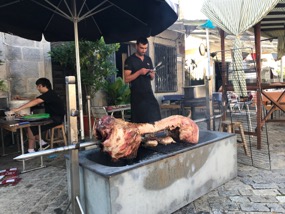
Cakes made in a convent, home to cloistered nuns, who are never seen. They access their convent garden on the other side of the street via a tunnel.
Wine tasting. Our house just happened to be right around the bend in the road from this sign, which led us to a tiny roadside tasting hut for my one of my favourite white wines discovered on this vacation, Albariño or Alvarinho.
Back and forth across the border, we enjoyed excellent samples of wines labeled Vinho Verde, named so for the lush, green, micro-climate Minho region of the northern Portuguese countryside where the grape blends grow, and Verdejo. My top choice for white, though, is the rich and full-bodied Ribeiro. 😏 Red wines also savoured were Tempranillo, and of course Port! 🍷
We found the famous Galician percebes on a restaurant menu only once, so it’s a good thing we tried them the first time we saw them.
We were in the pretty little coastal-marina town of A Guarda, where they were also celebrating their annual Lobster Festival. Hence, plates of lobster paella were ordered around the table, and my … barnacles. To quote British travel-writer Johnny Morris’ very accurate description, “they’re certainly not the best looking thing in the pantry. They resemble cartoon creatures from another planet … They have a sooty finger-thick trunk with a rose-coloured inner tube. At one end is a scaly head that attaches itself to a rock and at the other a diamond-shaped foot that looks like a dinosaur claw. … the correct method (to eat them) is to pinch the foot between your thumb and finger and pull the tasty inner tube out of its scaly case, twist off the claw and slip down the flesh in one … they’re delicious, with the flavour of sweet lobster and the texture of an oyster washed over with a tang of sea spray. Ask gourmet Spaniards about this star of the cociña and they will dissolve into lip-licking rapture.”

Exactly. It was difficult to grab the meat with our fingers, so we grasped it between our front teeth, pulled, and … yes. You know that little tough part of a clam or mussel? It reminded me of that, but not quite as tough and the flavour was better, fresher, sweeter and umami-ier. A fun taste adventure and delicious pairing with our Albariño! Although not all of us tried them; and some teenagers had to be paid. “I’ll give you 2€ if you try that … “

